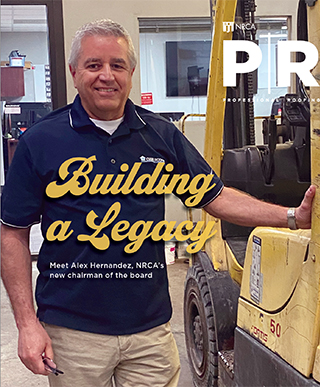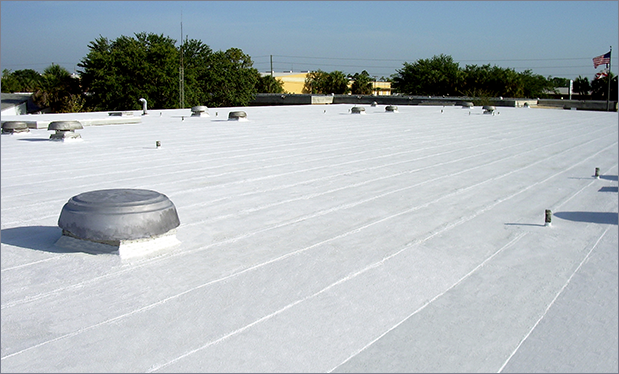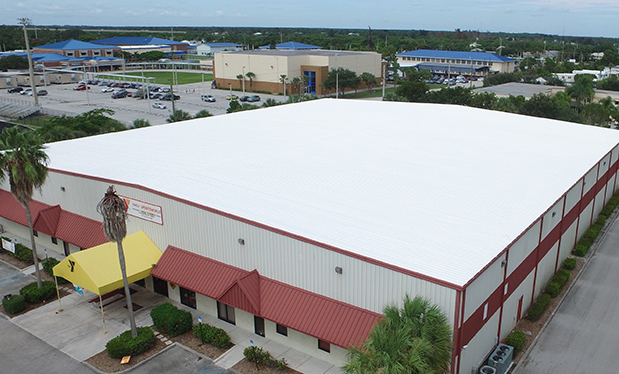In many parts of the U.S., it has been a stormy autumn. In October, Hurricane Matthew caused thousands of people to be evacuated in the Southeast, and more than 100,000 people in North Carolina lost power for several days. And some meteorologists are predicting a winter of extreme cold and heavy snowfall.
As you are well aware, severe weather events can wreak havoc on roof systems, and many homeowners and building owners are not well-informed regarding how to prepare their roofs for winter or find a professional roofing contractor to assist them.
NRCA's consumer website, www.everybodyneedsaroof.com, can help. The website offers a wealth of information to consumers about weather-related events and their effects on roof systems, an FAQ section, a From the Experts section where contractors share important advice, as well as a Find the Contractor function where owners can locate NRCA contractor members by the type of roofs they install or repair and within a specified ZIP code radius.
NRCA also offers resources to its contractor members. In the Crisis Management Plan subsection of the Members Only section on NRCA's website, www.nrca.net, there are free, customizable PDF files and PowerPoint presentations contractors can provide to their customers regarding the following weather-related events: earthquakes, fires, floods, hailstorms, hurricanes, snowstorms, tornadoes and strong winds.
The documents are designed as handouts, and a contractor can customize them by adding his or her company logo and contact information to them.
The resources available for contractors and NRCA's consumer website are meant to help educate roofing clients about their roof systems and explain why hiring an NRCA roofing professional is important. I urge you to consider using the documents, as well as providing clients with the link to NRCA's consumer website. Doing so will enhance your company's image and prove to your clients and prospects you truly are a roofing professional working in their best interests.
Ambika Puniani Bailey is editor of Professional Roofing and NRCA's vice president of communications and production.



